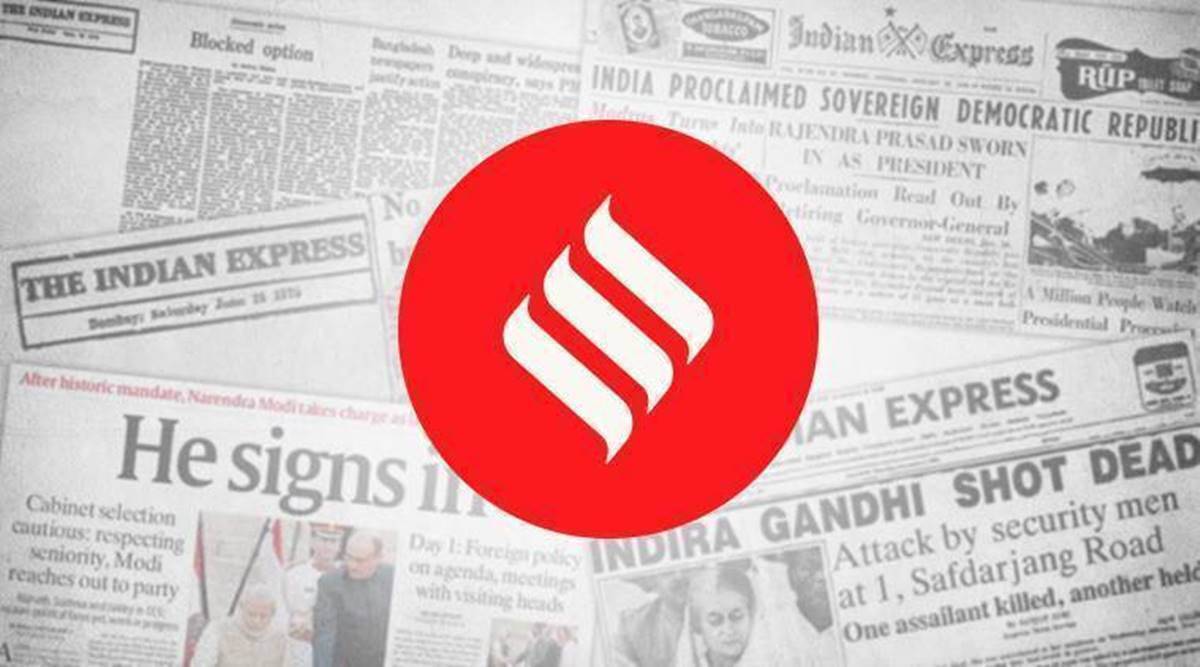 Retail inflation, as measured by the consumer price index moderated to 4.6 per cent in December, down from 6.93 per cent in November.
Retail inflation, as measured by the consumer price index moderated to 4.6 per cent in December, down from 6.93 per cent in November. With headline retail inflation having stayed above the upper limit of the monetary policy committee’s (MPC) inflation targeting framework for most of last year, the sharper-than-expected fall in inflation in December comes as a relief. Retail inflation, as measured by the consumer price index moderated to 4.6 per cent in December, down from 6.93 per cent in November. Inflation in December was, in fact, the lowest in the last 14 months. As a consequence, retail inflation has averaged 6.4 per cent in the third quarter of the current financial year, lower than the RBI’s forecast of 6.8 per cent. With trends in prices so far indicating continuing moderation in inflation in January as well, the RBI’s forecast for inflation in the fourth quarter, currently at 5.8 per cent, is also likely to be revised downwards. This will provide much comfort to the MPC members, allowing them to continue with their accommodative stance till there is greater clarity over the durability of the economic recovery.
Much of the decline in headline inflation in December stemmed from a fall in food prices. As per the data from the National Statistical Office, consumer food price inflation eased greatly to 3.41 per cent in December, down from 9.5 per cent the month before, led largely by easing of vegetables prices. Vegetable prices inflation declined by 10.41 per cent in December, after rising by 15.6 per cent in the previous month. Food inflation also benefited from relatively muted price pressures in cereals and the protein basket (egg, fish and meat). And with current mandi prices also indicating a continuation of the trend in vegetable prices in January, overall inflation is likely to remain soft next month as well. However, price pressures do appear to be building up in other food categories. The UN’s Food and Agriculture Organisation’s Food Price Index also suggests the same. The index, which reflects international prices of a basket of commodities, averaged 107.5 points in December — the highest since November 2014. Additionally, the spread of bird flu could lead to demand-supply mismatches, injecting a degree of volatility in meat and egg prices.
Core inflation (inflation excluding food and fuel) eased marginally in December. However, it continues to remain sticky, and is unlikely to moderate greatly. It is possible that as household demand recovers to pre-COVID levels — a smooth rollout of the COVID vaccine will provide a fillip to demand, especially for high-contact services — inflation in services might see an uptick in the coming months. Add to that rising input costs, and a return of pricing power, core inflation may well remain high in the coming months.